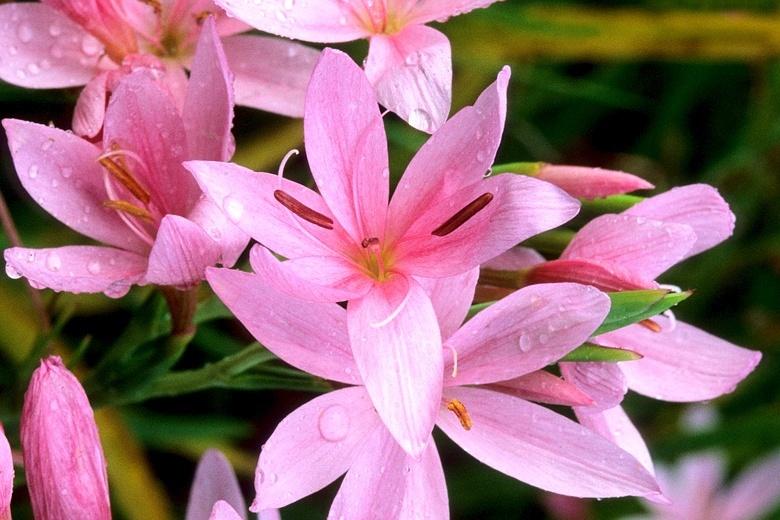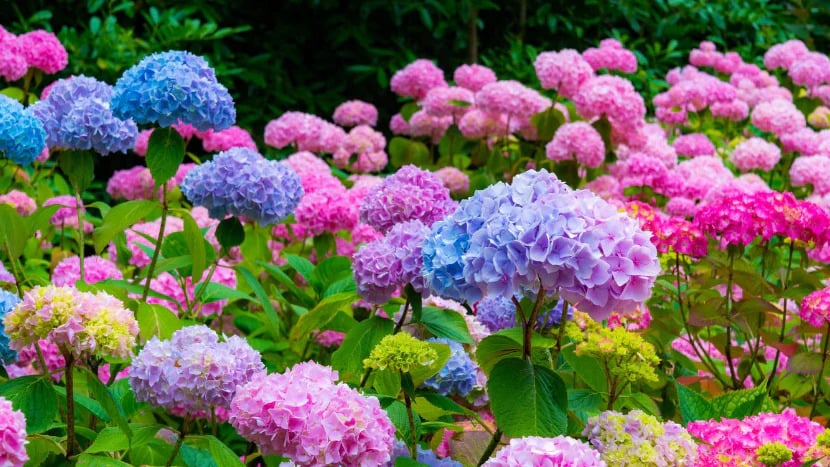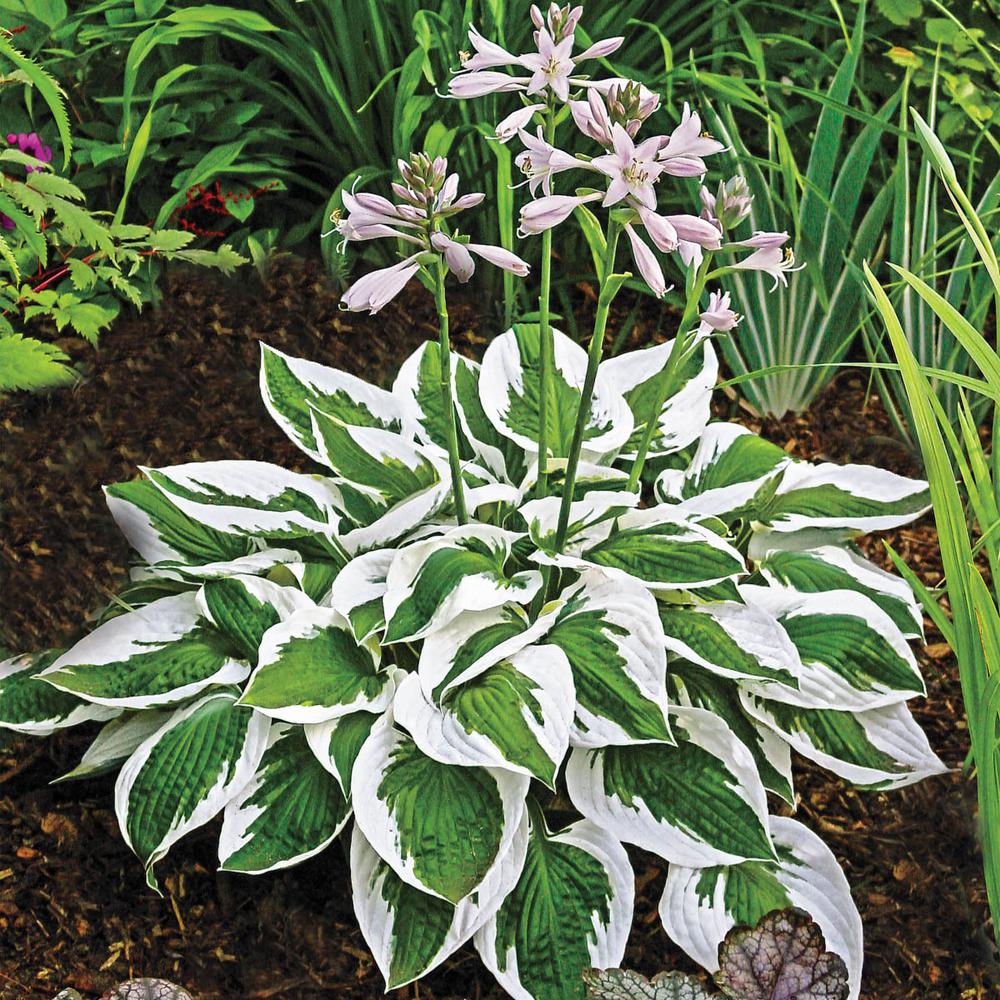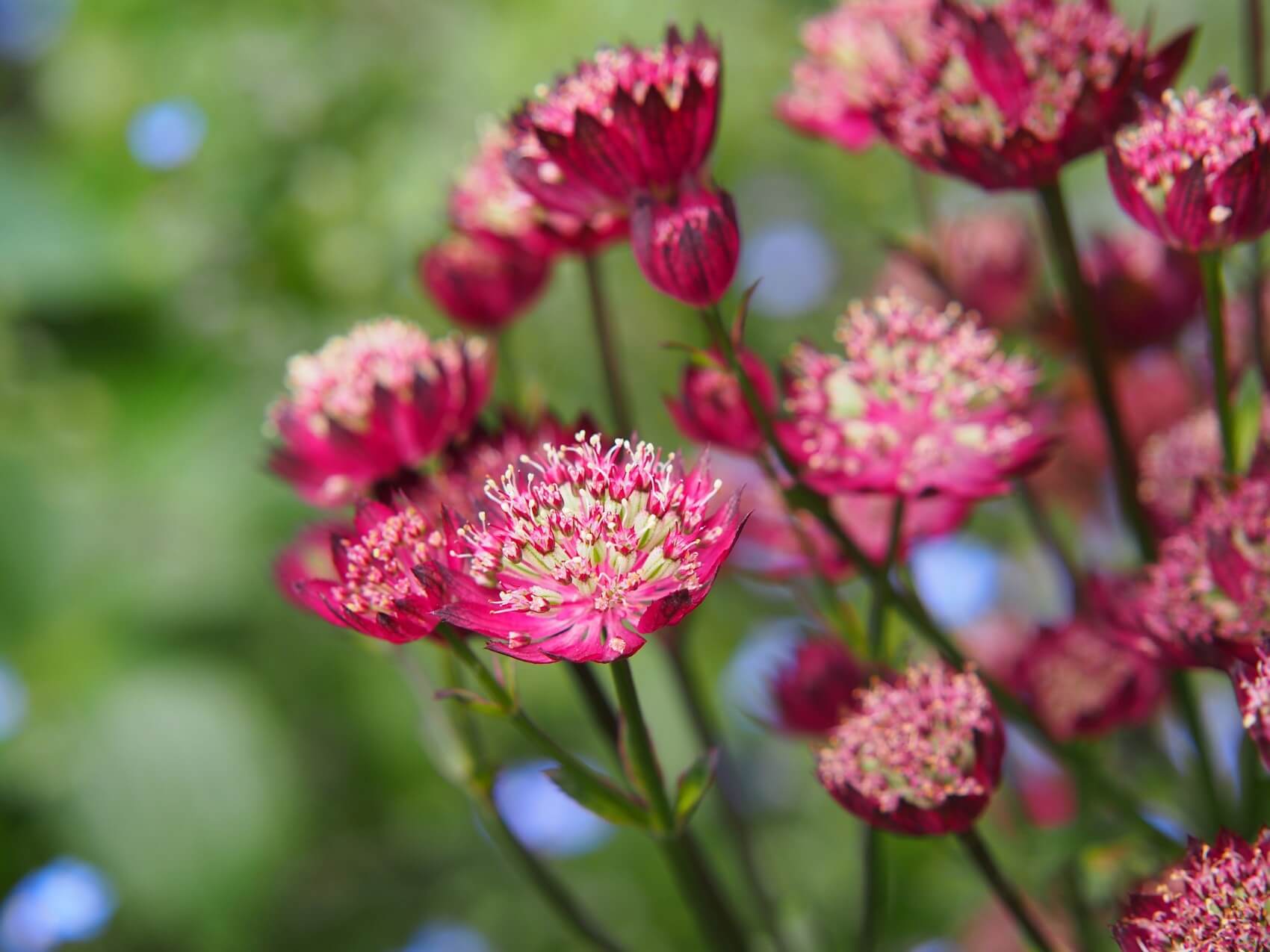Growing and Caring Guide: Photinia ‘Red Robin’

Table of Contents
Growing the Photinia Red Robin tree feels like a garden cliche because of its immense popularity. However, it has some reason to become the most common choice for many gardeners.
You can see many gardeners and landscapers growing this plant which makes it a common choice for many people. However, because it’s a common choice, many people tend to avoid the Red Robin tree from growing in their landscapes while widely missing out on its benefits.
On the contrary, as a novice gardener who is just starting, you can see this shrub doing exceptionally well in many gardens in the UK. Hence, this could be an excellent choice for your landscape.
In this comprehensive guide, you can explore some insights about how to grow a red Robin tree in your garden to make your landscape look beautiful. Moreover, you can also explore the care guide tailored for you in the content.
What is Photinia ‘Red Robin’?
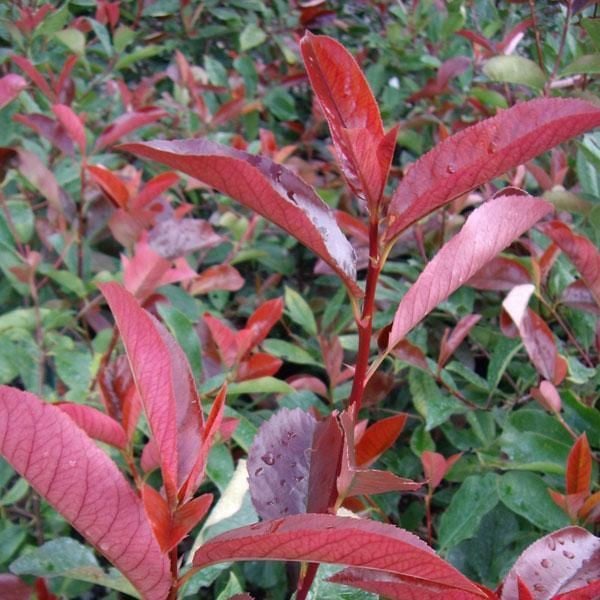
The biological name of the shrub is Photinia x fraseri. Photinias are a native genus to Asia and North America. The reason for its technical name lies behind its discovery as a seedling in the Fraser nurseries in 1943 in Birmingham, Alabama. The breed of hybrid Red Robin was in New Zealand, and it is most trendiest Photinia of all, amongst gardeners by a large margin. This shrub retains red leaves, and at the same time, it is the most compact one you can find in Photinias.
Conditions and Preferences
The Red Robin tree is a low-maintenance shrub you can cultivate in your landscape after checking whether it suits your preferences and garden conditions.
Here is a curated list to check the requirements and liking towards the shrub:
- Robin is an evergreen shrub that reaches a height of 13 feet with a similar width if you do not prune it. The growth rate after pruning can be effortlessly kept to a height of 4 feet.
- The plant is fully hardy in the UK in almost all areas tolerating the temperature down to 10.4° F/12° C. Moreover, it also stands a few days lower if kept in a protected position.
- Most gardeners’ main interest is the pride red leaf tips that turn green if you don’t prune, producing tiny white flowers in the month of June. The flowers are gorgeous, but the scent of the flowers is not pleasing.
- The plant is exceptionally flexible and can tolerate every kind of soil except for waterlogged and heavy clay. The shrub thrives well in deep loam types of soil.
- You, at all costs, should avoid full shade positions because the shrub prefers full sun or partial shade to grow well.
- They may rarely require watering once the shrubs are established, and they can tolerate moderate drought.
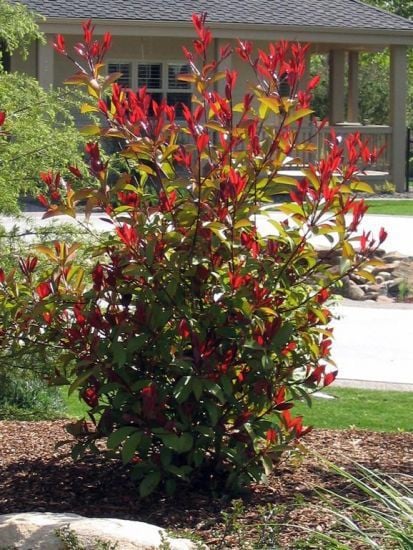
Therefore these are the few conditions and preferences that you can take a look at before ensuring that it’s the right plant for you. After that, you can decide whether you want to grow this shrub in your garden or not.
How to Grow a Red Robin Tree in Your Home Garden?
Growing Red Robin looks like a daunting task to new gardeners, but in reality, cultivating this shrub can be done effortlessly. Photinia ‘Red Robin,’ technically known as Photinia x fraseri and popularly called ‘Christmas Berry,’ is a red-colored cultivar of Photinia that gardeners love to add to their gardens. Therefore, this shrub is native to Asia and North America and is fundamentally grown for its colorful young foliage.
Red Robin was developed from the species of the Asian genus, and it produces small, white-creamy flowers sparsely in spring. In this blog point, you will explore more details about how you can grow this shrub in your landscape.
Why Grow Your Photinia Species
Photinias are easy-to-grow, low-maintenance small trees or shrubs with colorful foliage that you can grow to display your garden in spring, summer, or autumn.

- The Red Robin tree is a shrub that can be maintained by gardeners easily. Many cultivators may like this shrub because of the red foliage that looks wonderful around the garden.
- This plant works very well in winter because of its hardy nature.
- As a gardener, you always want to keep your plants or shrubs in shape. Therefore, Red Robin is a good choice as it is easy to shape and serves the option of hedging or bordering.
- As it is easy to shape Red Robin, it makes an excellent choice to shape them as a typical shrub, pleached tree, or standard tree for topiary.
- If a Red Robin tree seems too big for your need, then you can cultivate Little Red Robin. It’s a dwarf variety that is suitable for your small garden that was recently introduced.
When and How to Plant Red Robin?
Red Robin trees are effortless to propagate and grow. Hence, the chance of success is higher even for an amateur gardener to succeed. These are the following guidelines that will ensure your success and the best outcome:
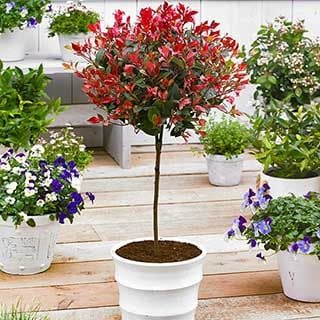
- Take the cuttings between late July – early September, and if the bush is far away, carry a plastic bag to store the cuttings. Hence, this will minimize the moisture loss of your cuttings. Moreover, take the cuttings longer than needed, and after that, you can make a final cut when you are ready to plant.
- Pick a stem that is about 2 millimeters thick and cut it below the leaf node while leaving a 3-inch cutting. The cutting needs to be neither soft nor hard and shall be semi-ripe.
- Remove all the lower leaves of the picked cutting.
- After that, fill in a pot with multipurpose and dig three spaces for the cuttings and plant it 4 cm deep to grow the Robin red tree.
- After that, gently press the compost down around the stems of the cutting and ensure that it is in good contact for its growth.
- Place the pot in a bowl of water or a shallow tray for half an hour so the cutting absorbs a good amount of water without getting water-logged.
- After the pot has absorbed water, remove it from the water bowl and cover it with a small plastic bag or a cling film. Moreover, you can use plant markers for this purpose.
- After you have completed all these procedures, place them apart in a cool and shaded position but not cold.
The cuttings will start to be done in 2 to 3 weeks, and then remove the plastic bag. Plant this root around April or May to avoid frost.
Care Tips for Your Red Robin Tree
While planting and growing steps may seem easy for some gardeners, caring for the Red Robin tree may look daunting to them. In this blog post, you can explore how you can care for your shrubs. Here are a few things that you can take care of to ensure the plant’s success.
1. Planting
The Red Robin tree is a shrub that is best planted in the season of spring or autumn. However, you will be able to find plants in the container all year round to grow. Moreover, you shall avoid planting this shrub in an arid and hot period in summer or when the ground/season seems frozen. However, if you still insist on planting Red Robin in summer, you must know that it will require a lot of water to grow properly.
However, whenever you plant a container-grown Red Robin in your garden, make sure to dig a hole that is double the width of the pot or the container where the plant was grown. Therefore, ensure the depth of the hold is correct, and the plant needs to sit at the same level similarly in the container.
2. Soil
The type of soil that the plant may need is fertile and rich in humus-type of soil that is clay, sand, or loam. However, avoid heavy clay and alkaline condition soil, as the plant won’t thrive as much and may even die. The soil needs to be relatively free, draining, and moist. Moreover, if your soil is heavy clay, you can add a lot of rotten manure or compost to improve the quality of the soil.
3. Air Circulation
One of the most important things, while you care for the Red Robin tree is that you need good air articulation to avoid any kind of disease. Hence, it is better for you to plant your Red Robin tree against an airy area like a garden boundary or fence for it to thrive. However, don’t plan on planting this shrub in any dense area or corner.
4. Planting Companion
While ensuring that your plant receives the best, also ensure that the planting companions around your shrub are thoughtful as well. These shrubs may suffer if they are planted near any vigorous plant as it does not compete well with overly hungry plants. Hence, you can plant this shrub that is slow-growing and smaller in size while meshing well with this colorful foliage. For instance, you can grow Rhubarb and Custard, Peiris, and Japanese Acers, as these are some nice companions for your shrub to grow around them.
Conclusion
Growing and caring for the Red Robin tree seems like a great task to most gardeners in their early stages of gardening. However, many gardeners are unaware of how exceptionally low-maintenance and easy-to-grow plants Red Robins even for a novice home grower.
In this comprehensive guide, you were able to get some insights and knowledge on how to grow these shrubs effortlessly, including when and where to plant these plants. Moreover, in the blog, you get to know how to care for them.
For instance, what are the soil requirements, how to maintain water throughout the growing period, what are the companion plants you shall grow with your plant, and many more. Hence, you can grow these lovely red plant that changes into green as it matures in your garden effortlessly.

